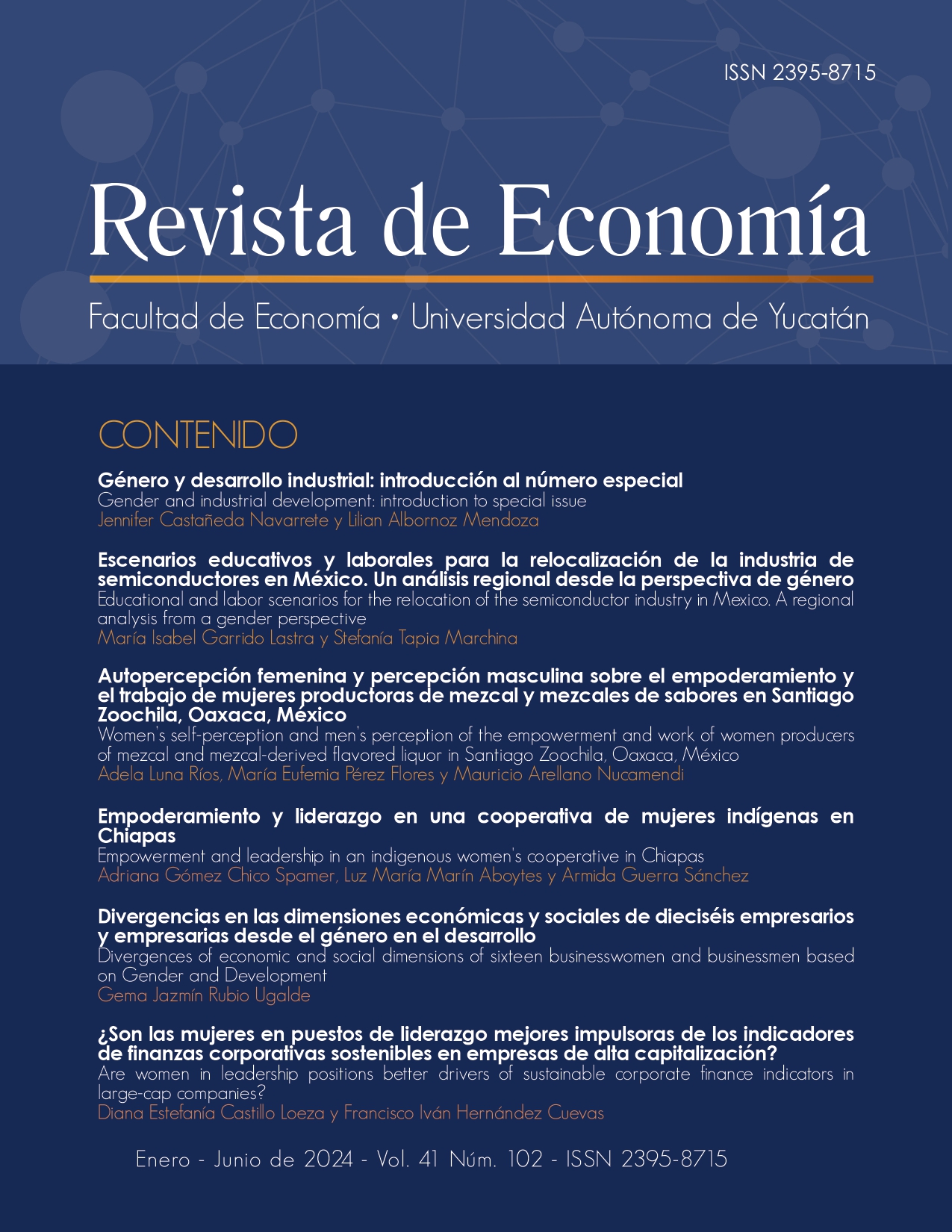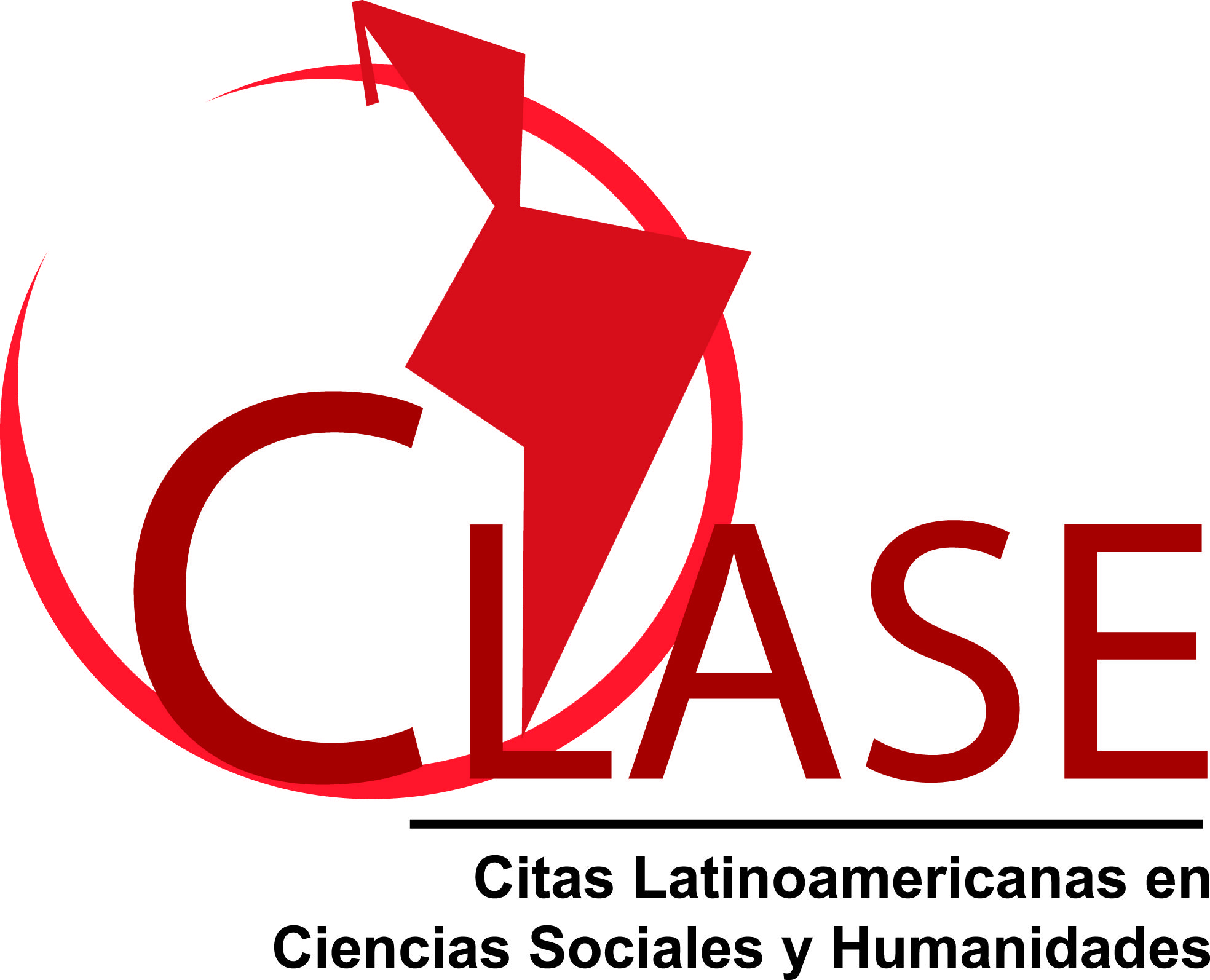Are women in leadership positions better drivers of sustainable corporate finance indicators in large-cap companies?
Abstract
Sustainable Corporate Finance is an important mechanism to address the climate crisis and its adverse effects on society and the environment. Environmental, Social and Governance (ESG) criteria have been proposed and implemented as a normative evaluation framework for companies in multiple sectors. However, ESG studies are not yet fully conclusive, but they serve to incorporate more than economic criteria to investment decisions in companies, and in this way, to focus on responsible investments. Among a variety of criteria, corporate responsibility and diversity in top management positions have gained significance today. Given this context, the aim of this study is to analyze the effect of including women in top leadership positions within high-cap companies and their impact on ESG indicators, with a particular focus on organizations in the industrial sector. A longitudinal study was conducted using balanced panel data of the companies that make up the Standard and Poor's 500, linear regression with random effects was estimated, as well as impact analysis using the Synthetic Difference in Difference (SDID). The results show a slight increase in the participation of women in top management (CEO), particularly in the last years (2020-2022). In addition, there is a statistically positive incidence between the participation of a female CEO in a better performance of the ESG indicators of the companies, with an impact of 0.2401 points, being the environmental criterion the most impacted with 0.6522 points.
Copyright (c) 2024 Journal of Economics, Faculty of Economics, Autonomous University of Yucatan

This work is licensed under a Creative Commons Attribution-NonCommercial-ShareAlike 4.0 International License.
D.R. © Revista de Economía
The conditions that are required when granting the attribution license called CC -BY-NC-SA are the following:
1. The Universidad Autónoma de Yucatán must be clearly identified as the owner of the copyright of the original publication.
2. The material may not be used for commercial purposes.
3. Any derivative work must be published and distributed under the same open access license as the original publication.











